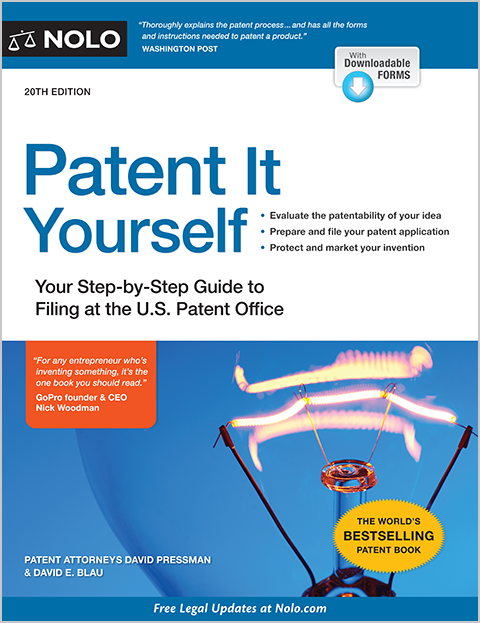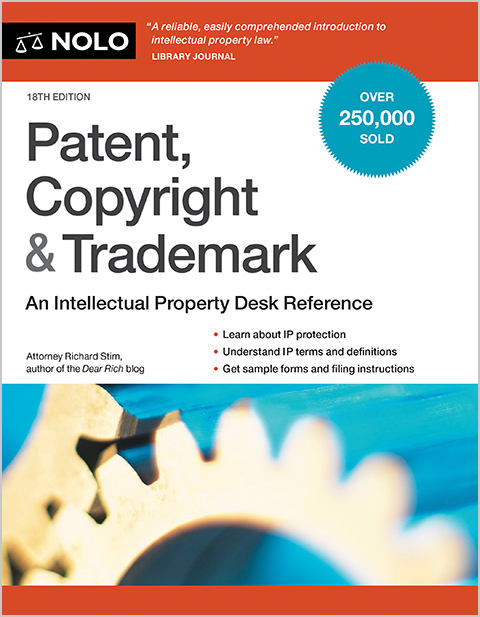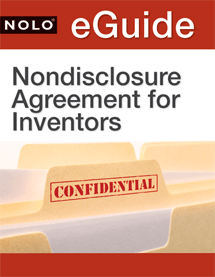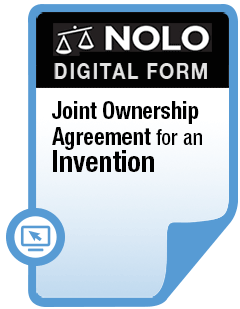Here's how to get a U.S. patent on your idea or invention, and decide whether to do so without a lawyer.
Let's say you have a great idea for an invention or product—one with commercial potential. You can protect your invention by getting a patent on it. In this article, we look at the steps involved in obtaining a patent. Whether you decide to pursue a patent on your own or hire a patent attorney to assist you, it's a good idea to be familiar with the five basic steps outlined here.
How to Get a Patent Without an Attorney
Obtaining a patent on an invention is a way to secure your exclusive rights. However, hiring a patent lawyer can be pricey.
On the one hand, if the patent is complex or raises complicated legal issues, paying a lawyer's fee might be a wise investment, given that a lawyer's expertise and judgment are necessary to protect your interests.
On the other hand, there are situations where someone might not really need a patent lawyer to obtain a patent. If you're able to handle the process yourself, you could save thousands of dollars in attorneys' fees and have greater control of the process, to boot.
Countless inventors have successfully navigated the patent system on their own. In fact, federal law requires patent examiners at the U.S. Patent and Trademark Office (USPTO) to help individual inventors who apply for patents without a lawyer's help.
To obtain a patent, you must:
- first, ensure that your invention actually qualifies for a patent, and
- second, fill out the patent application (a step that includes describing all aspects of your invention).
These aren't "legal" skills, and learning them is no different than learning any other skill—whether it's auto repair, deck installation, or gourmet cooking. Some steps are easy, others are more difficult. But by taking the process one step at a time, you can acquire a U.S. patent.
Steps to Filing a Patent Application
Below is a brief outline of the basic steps you'll need to take before filing a patent application in the United States. Again, nothing within this process requires a lawyer; there's no court, no judge, no "legal" research.
The USPTO has specific rules, however, which can be complex and hard to follow. Nevertheless, you can follow them, just as you would a recipe in a cookbook.
1. Keep a Written Record of Your Invention
Record every step of the invention process in a notebook. Describe and diagram every aspect and every modification of the invention, including how you initially envisioned the idea for it.
Depending on the invention, you might also want to build and test a prototype. Document all of these efforts. Sign and date each entry and have two reliable witnesses sign as well.
2. Make Sure Your Invention Qualifies for Patent Protection
You can't get a patent just based on an idea. You must show how your invention works. In addition, your invention must be new (or "novel" in the parlance of patent lawyers). This criterion means it must be different in some important way from all previous inventions in that field.
Don't bother wasting time and money applying for a patent if it's likely that the USPTO's patent examiners will immediately reject your application. To learn more about which type of inventions qualify, see our FAQ on qualifying for a patent.
3. Assess the Commercial Potential of Your Invention
Applying for a patent is a business decision. Even without a patent attorney or the use of professionally prepared patent drawings, you could pay hundreds or even thousands of dollars in fees to file and obtain a patent from the USPTO.
Before making this investment, research the market you hope to enter and decide whether it's worth the outlay of funds.
4. Conduct a Thorough Patent Search
To make sure your invention is new, you must investigate all earlier developments in your field. Doing your due diligence involves searching U.S. (and sometimes foreign) patents, as well as other publications like scientific and technical journals, to find related inventions.
Although patent searching is time-consuming, it can be mastered with practice. Even if you decide to hire a professional later on in the process, you know more about your invention than anyone, so you're the best person to start the search.
USPTO Patent Public Search tool: Your first stop in your patent search might be the USPTO website. The USPTO offers an online patent search tool called "Patent Public Search." The service is free and you can search by patent number, inventor name, publication date, and more. The USPTO also includes a frequently asked questions page, training materials, and a help center to assist you in the process. (For more, see our article on the USPTO's patent public search tool.)
Internet search: You can use a free resource like Google Patents to start your search. Alternatively, you can pay a fee to use a commercial patent search product. You can also hire a patent search firm to assist you. But these commercial products can get expensive.
Government resources: You might also want to visit a Patent and Trademark Resource Center (PTRC). These PTRCs are located across the country and almost every state has at least one. There, you can search for earlier patents and get help from a librarian who has training in patent searching.
For additional guidance, read our article on searching for patents online.
When you search, you'll certainly find other inventions that are similar to yours. In your application, you should show how your invention improves upon or is different from these earlier developments.
5. Prepare and File an Application With the USPTO
When you file with the USPTO, you have a choice: You can either file a full-blown regular patent application (RPA) or a provisional patent application (PPA).
A PPA isn't an actual application for the patent itself. Filing a PPA simply allows you to claim "patent pending" status for the invention and involves only a small fraction of the work and cost of a regular patent application.
All that's required to file a PPA is:
- a fee (as of 2024, $60 for micro-entities, $120 for small entities, and $300 for all other companies)
- a detailed description of the invention, telling how to make and use it
- an informal drawing, and
- basic information about the invention and inventor.
Then, you must file an RPA within a year of filing the PPA. If you don't, you can no longer claim the PPA filing date. Often, inventors file a PPA in order to gain quick credibility and perhaps attract investors.
Filing an RPA, or regular patent application, starts the examination process at the USPTO, which is necessary for getting the actual patent. To learn what's involved in preparing a regular application, see our article on understanding the patent application process.
More Information
For a complete guide to obtaining a patent on your own, see Patent It Yourself, by David E. Blau (Nolo).
Talk to a Lawyer
Need a lawyer? Start here.
How it Works
- Briefly tell us about your case
- Provide your contact information
- Choose attorneys to contact you
- Briefly tell us about your case
- Provide your contact information
- Choose attorneys to contact you



